Accuracy, precision, sensitivity, simplicity, specificity and wide applicability are key attributes of a successful detection system
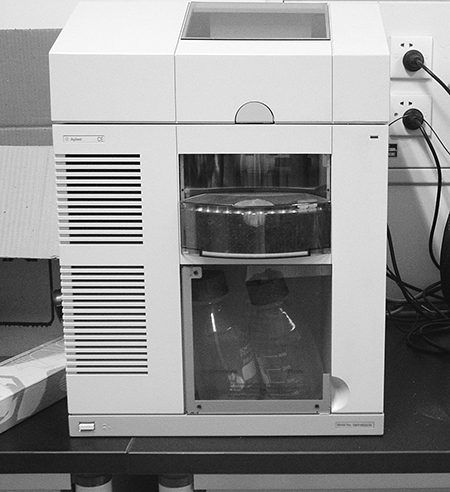
A wide range of licensed veterinary medicines are given to animals for treatment and prevention of diseases and to promote growth. The administration of any pharmaceutically active chemical to a food-producing animal results in the occurrence of residues in food.
In addition to feed, other mechanisms like environmental contamination and animal-to-animal transfer can also produce residues, and their assimilation can pose potential health risks. Some nations have banned the use of antibiotics like chloramphenicol in food-producing animals.
The development of analytical systems to ensure a wholesome seafood supply evolved from concern over possible health risks resulting from the ingestion of antibiotic residues in food of animal origin. Residue analysis typically involves both screening and confirmatory methods.
Current screening methods
Current methods to screen for antibiotics are microbiological tests, immunoassays and receptor assay systems.
Microbiological tests
The microbiological tests require only a minimum extraction and cleanup procedure. They are inexpensive and easy to perform on a large scale, and have a wide, nonspecific spectrum in sensitivity. The detection levels of multiplate systems meet the European Union requirements for maximum residue limits (MRL) for many antibiotics tested.
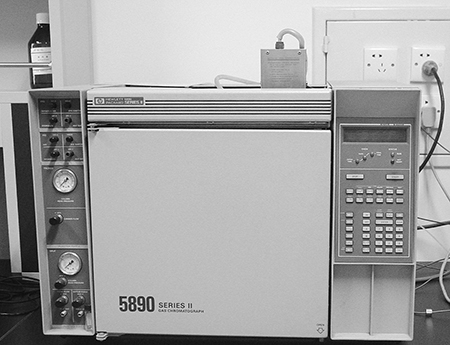
However, microbiological test systems are unsuitable for the detection of banned drugs like chloramphenicol, nitrofurans, and nitroimidazoles. For cefquinome, spectinomycin, colistin, and sulphanilamide, the multiplate system does not reach the required sensitivities with respect to their established MRL. For other antimicrobial drugs, the sensitivity of the multiplate system is near or below the MRL values, so false-positive results are occasionally seen. Therefore, in many countries, postscreening verification for the drugs in suspected food is performed by an integrated test system utilizing confirmatory techniques.
Immunoassays
Immunoassay is a screening technique developed for use in clinical health science that has been readily adopted for use by environmental scientists over the last decade, primarily for detection of pesticides in water and sediment. However, immunoassays for drugs of abuse are currently used in biological media where the concentrations are relative high.
To assess the use of these tests on environmental samples, the techniques must be modified to obtain lower limits of detection. Immunoassays (aminoglycosides, sulphonamides, tetracyclines) can detect specific residues far below their MRL.
Receptor assay systems
Receptor assay systems like the Charm II, which was developed for testing antibiotic resides in milk, can be applied after very simple aqueous extraction for a range of antibiotic drug classes in tissues. The test works with radioactively labeled material, which requires specific laboratory facilities.
Receptor assay tests are very sensitive for sulphonamides, tetracyclines, specific aminoglycosides, and macrolides. But nonspecific reactions (false-positive results) have been reported in detection and confirmation of tetracyclines and macrolides with the Charm test.
Confirmatory methods
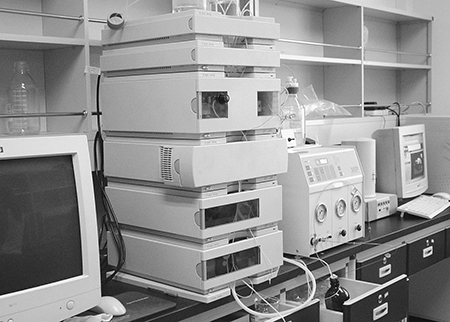
In contrast, confirmatory techniques should give no false-positive results, are sufficiently sensitive, and have a reasonable cost and throughput. Preferably, confirmatory methods should involve determination by molecular spectrometric methods so that unambiguous identification of the analyte is possible. Until recently, confirmation methods were based on a coupling of different techniques to give added surety to results.
Given the polarity and, in some cases, limited thermal stability of these classes of compounds, gas chromatography and mass spectrometry analysis can only be successfully applied for a limited number of compound classes after extensive analyte derivatization. In general, this is not preferred in residue analysis for reasons of time consumption, difficulties in the derivatization of many samples for routine analysis, the problem of reproducible derivatization at trace levels, and the possible formation of artifacts.
Because of the suitability of many veterinary drugs to high-performance liquid chromatography (HPLC) testing, a number of the confirmatory methods for veterinary drugs such as antibiotics are still HPLC-based. They often use additional specific identification procedures such as postcolumn derivatization or diode array detection to enhance the confirmatory nature of the procedure.
Recent developments
In the past 10 years, the combination of liquid chromatography and mass spectrometry (LC-MS) has developed into a widely used and routinely applicable detection and online identification approach. The ease of operation and robustness of current LC-MS interfaces based on atmospheric pressure ionization, thermospray ionization, and electrospray ionization enable the application of LC-MS in a variety of analytical fields.
LC-MS in combination with tandem mass spectrometry has become the choice in quantitative bioanalysis. Particle beam LC-MS in combination with negative ion chemical ionization also proves its usefulness in this area.
The analysis of antibiotics is carried out by other techniques like supercritical fluid chromatography and capillary zone electrophoresis combined with mass spectrometry. The confirmation of antibiotic residues in food samples is the most important application of LC-MS in this field.
Future methods
Immunochemical procedures, both in extraction/cleanup as immuno affinity chromatography (IAC) and determination as immunoassays, will continue to be a very important element of veterinary drug residue analysis.
It is scientists’ task to design commercial test kits for the direct screening of animal tissues for veterinary drug residues. The determination of “bound residues” of these drugs in tissues (i.e., that component of the residue load which is not extractable following tissue digestion and exhaustive solvent extraction) is likely to become increasingly important.
Methods for the determination of bound residues are still at an early stage, but some interesting approaches have been made using supercritical fluid extraction for more complete extraction, chemical release, and determination of active site(s) of the bound residue and IAC coupled with HPLC or capillary zone electrophoresis.
Conclusion
Ideal methods for antibiotic residue analysis should have the quality attributes of accuracy, precision, sensitivity, simplicity, specificity, and wide applicability. They should be able to measure a wide range of veterinary drug residues – including metabolites and bound residues – directly in the food. The methods should also produce results of a definitive and confirmatory nature immediately.
Many of these characteristics are mutually exclusive or contradictory, or at least appear to be so at first glance. However, with developments in extraction/purification and determination technologies, the hitherto unrealizable is beginning to appear feasible.
(Editor’s Note: This article was originally published in the October 2002 print edition of the Global Aquaculture Advocate.)
Now that you've reached the end of the article ...
… please consider supporting GSA’s mission to advance responsible seafood practices through education, advocacy and third-party assurances. The Advocate aims to document the evolution of responsible seafood practices and share the expansive knowledge of our vast network of contributors.
By becoming a Global Seafood Alliance member, you’re ensuring that all of the pre-competitive work we do through member benefits, resources and events can continue. Individual membership costs just $50 a year.
Not a GSA member? Join us.
Authors
-
Wang Weifen
Department of Food Science and Technology
Fisheries College
Ocean University of Qingdao
23 Eastern Hongkong Road
Qingdao, P.C. 266071
P.R. China -
Lin Hong, Ph.D.
Department of Food Science and Technology
Fisheries College
Ocean University of Qingdao
23 Eastern Hongkong Road
Qingdao, P.C. 266071
P.R. China
Tagged With
Related Posts
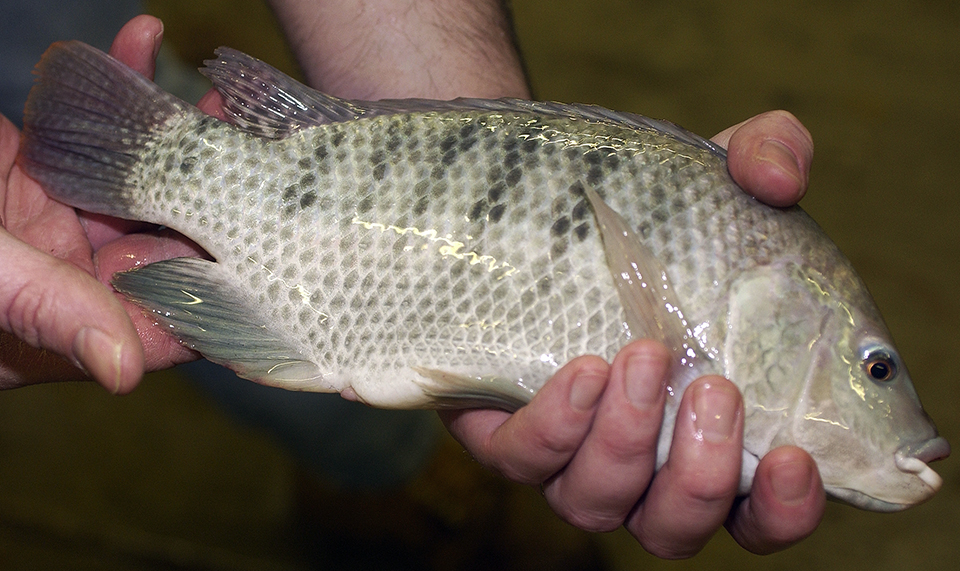
Health & Welfare
Bacterial, chemical residues impact tilapia quality
Both bacterial pathogens and chemical residues can affect the quality of farmed tilapia products. In production systems, Vibrio bacteria quickly proliferate following disease outbreaks.
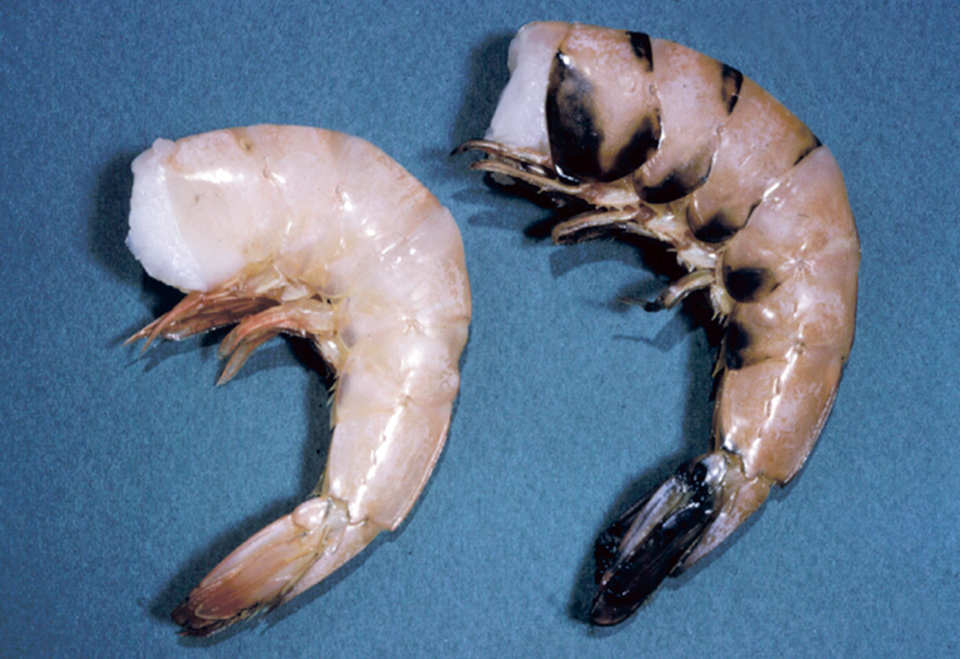
Intelligence
4-hexylresorcinol: sulfite-free control for melanosis in crustaceans
4-hexylresorcinol in a nonsulfite processing treatment against melanosis in crustaceans inhibits natural enzymes for shell hardening.
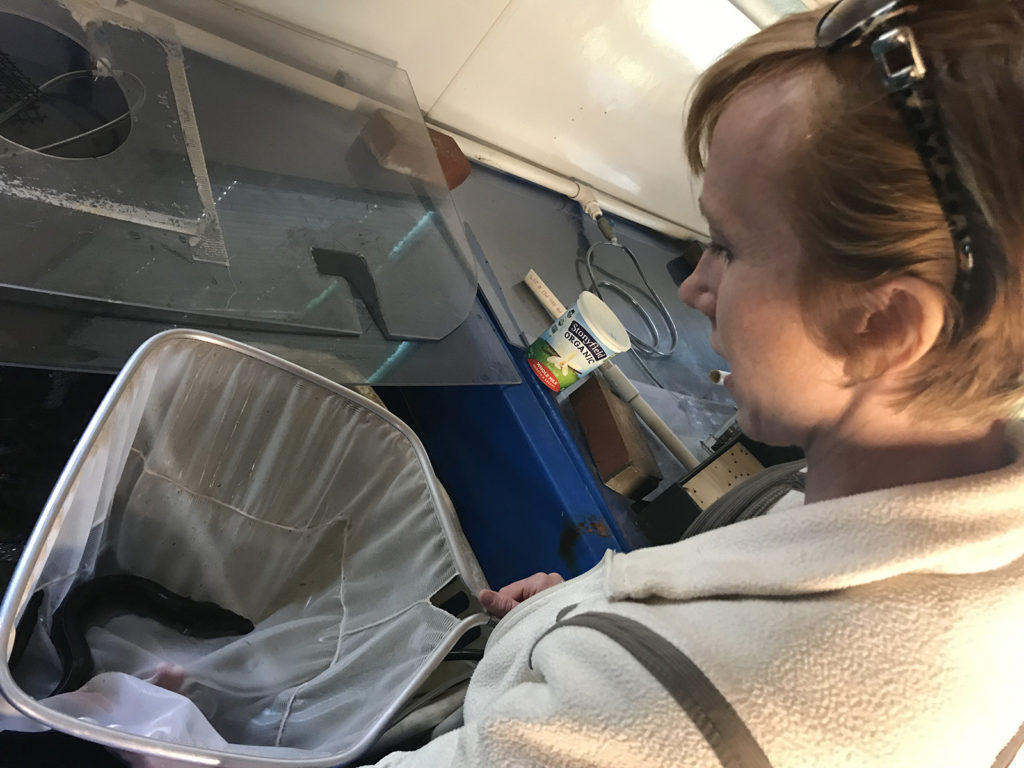
Innovation & Investment
American Unagi brings eel farming back ‘home’
Sara Rademaker launched American Unagi to shift eel farming to American soil, where the eels are from. Why? Because of the novelty, and because she saw an opportunity to do things better.
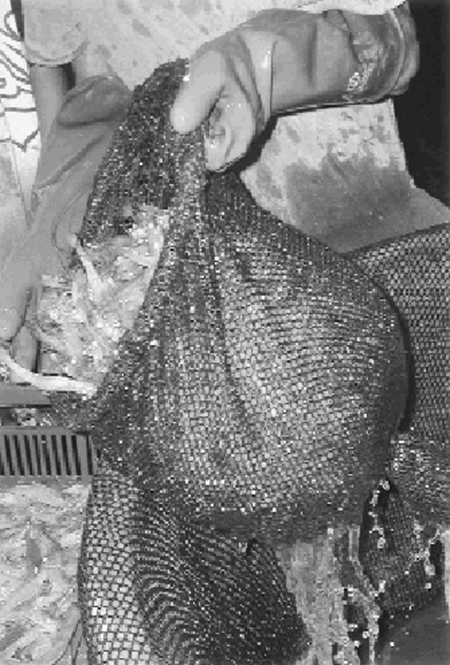
Health & Welfare
HACCP implementation at shrimp farms
HACCP plans bring the benefits of quality assurance, documented chain of custody, monitoring and inputs and better supervision of employee actions.



